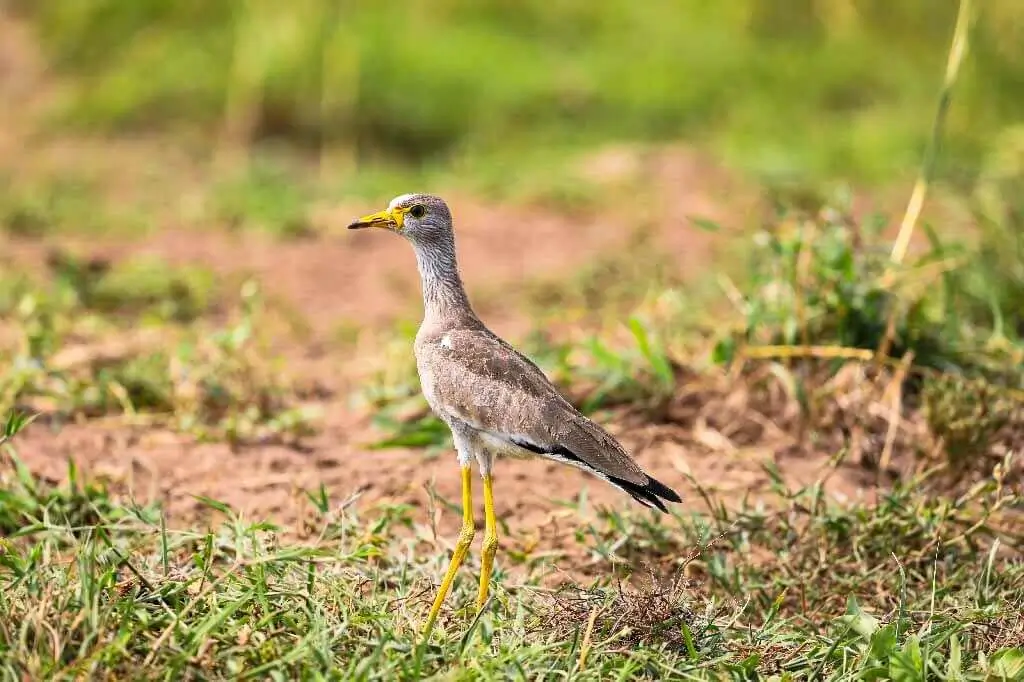
BIRDING IN
Lake Mburo National Park

BIRDING IN
Lake Mburo National Park

BIRDING IN
Lake Mburo National Park

BIRDING IN
Lake Mburo National Park
Lake Mburo National Park is only 370square kilometers and is the smallest of Uganda's savannah national Parks located in Kiruhura district in Western Uganda. Its mosaic habitat, dry hillside, bushes, thickets, open and wooded savannahs, forests lakes and swamps are home to numerous of wildlife. It offers a splendid opportunity for bird watching as there are over 315 species of birds recorded in Rubanga forest, 5 of which are forest specialists. The common species are the Hawk Green pigeon, Narinastrogn and Double Toothed Barbet .It also has about 68 species of mammals like Zebra, Buffaloes, Topi, Elands and the Leopard.
At the centre of the Park is Lake Mburo, which together with 14 other lakes in the area form part of a wetland system. This system is linked by a swamp 50 kilometers long, fed by the Ruizi river on the western side. Five lakes, of which the largest is Lake Mburo , occur within the Park's boundary. Almost a fifth of the Park's area consists of wetlands - both seasonally flooded and permanent swamps. The various types of swamps are home to a wide variety of wetland birds, and the shy, rare sitatunga antelope. Lake Mburo's surface and its fringing vegetation are always changing, and it is delightful to take a boat out and experience the lake's moods.
Lake Mburo National Park contains about 312 bird species including White-winged warbler, the rare Shoebill stork, Crested Francolin, Brown parrot, Red-necked Spur, Common quails, Emerald-spooted wood, African grey hornbill, Nubian wood pecker, Trilling Cisticola, Coqui Francolin, Southern red bishop and so much more. The best birding spots in the park include the swampy valleys of Warukiri and Miriti, and the roadsides between Rwonyo camp and the jetty. There are viewing platforms at the salt lick, in Miriti Valley, and in Rubanga Forest.
Forest walk in Rubanga Forest: This forest offer a diversity of supportive habitat for birds therefore a very eye-catching place for bird watchers with over 40 bird species recorded. Hikes through the woodland also provide an opportunity to sight forest birds and mammals. Walk to the top of the hill rewards visitors with a view of 9 of the regions 14 lakes. The permanent and seasonal wetland areas that connect the lakes are home to a number of papyrus endemic birds species including the papyrus gonolek, the blue-headed coucal and the white-winged and papyrus yellow warblers.
Our Experts are ready to provide answers
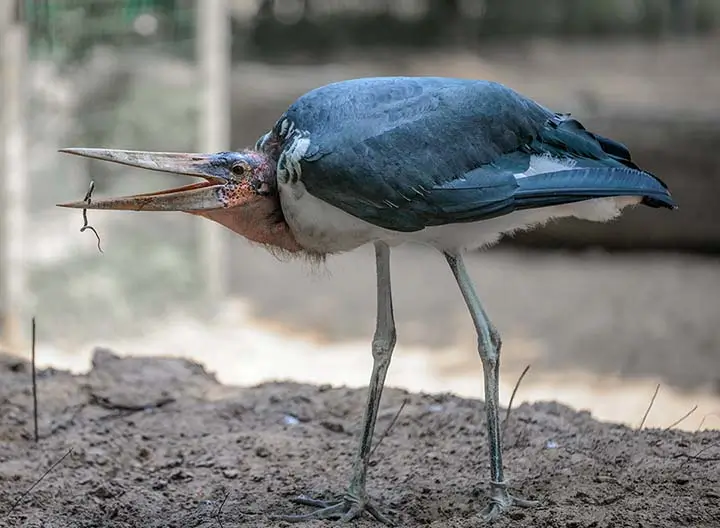
Ajai Wildlife reserve has several bird species and they include Shoebill, the Black-rumped Waxbill, Grey Crowned cranes, Marabou stocks, African fish eagles, Heuglin's Masked Weaver, Chestnut-crowned Sparrow-weaver.
Read More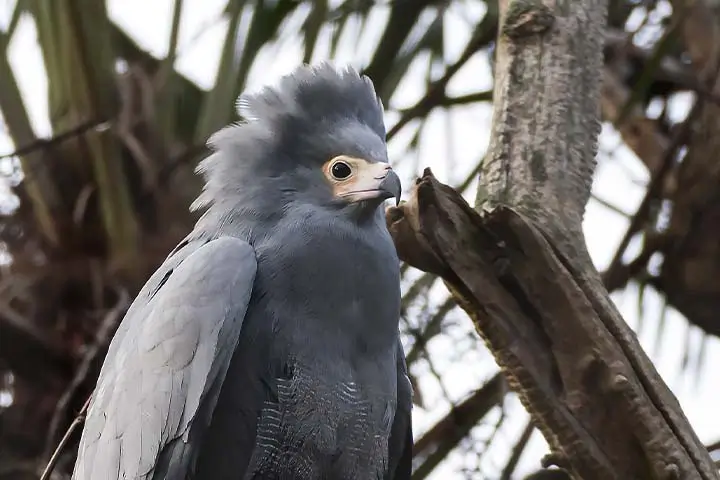
Bwindi is the Bird watchers haven as experienced bird watchers can identify up to 100 species in a day in Ruhija and Buhoma.
Read More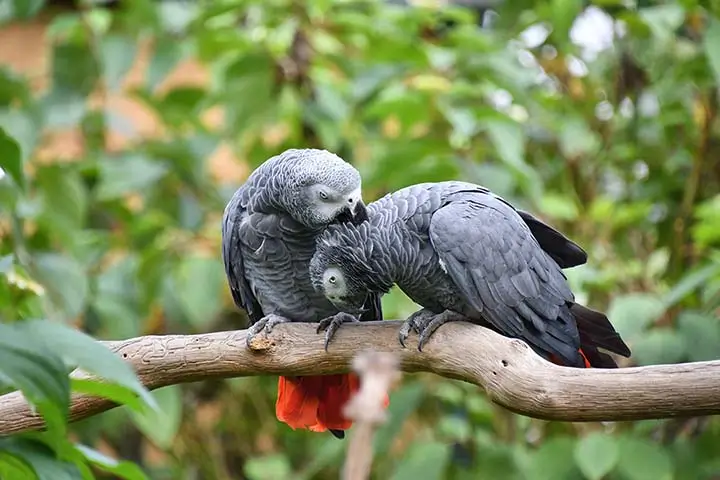
Kibale National Park has so many developed hiking/walking trails with the best birding spot being Bigodi wetland sanctuary where birders take visitors for a 4-hour walking trail.
Read More
The Apoka Rest Camp and Park Headquarters overlooking the swallow, southern Narus Valley is a grand spot to start your Kidepo birding.
Read More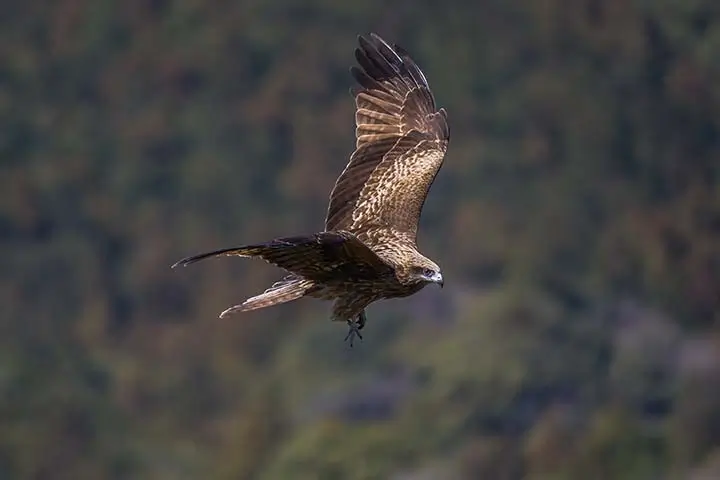
The Park is set apart with a unique bird fauna 79 bird species have been recorded within the park, including several species prevalent to the East Congo Montane region.
Read More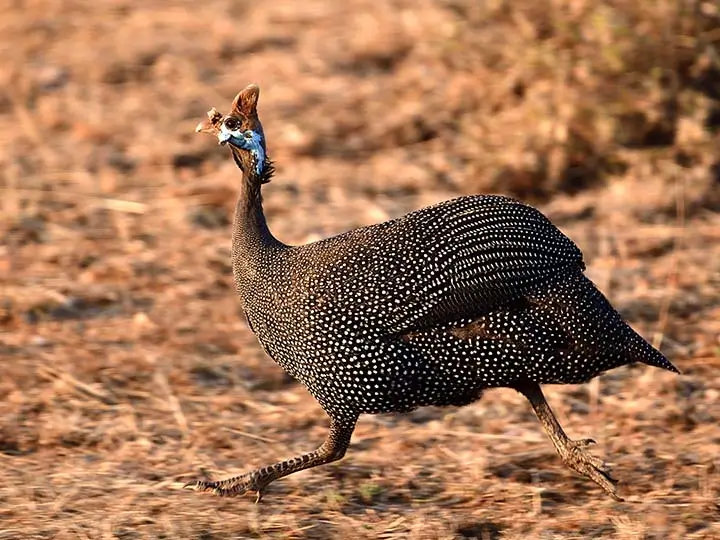
Excellent birding opportunities exist around Kapkwai Forest Exploration Centre, in particular in the secondary forest and thick shrub along the loop trails extended to cover Cheptui Falls.
Read More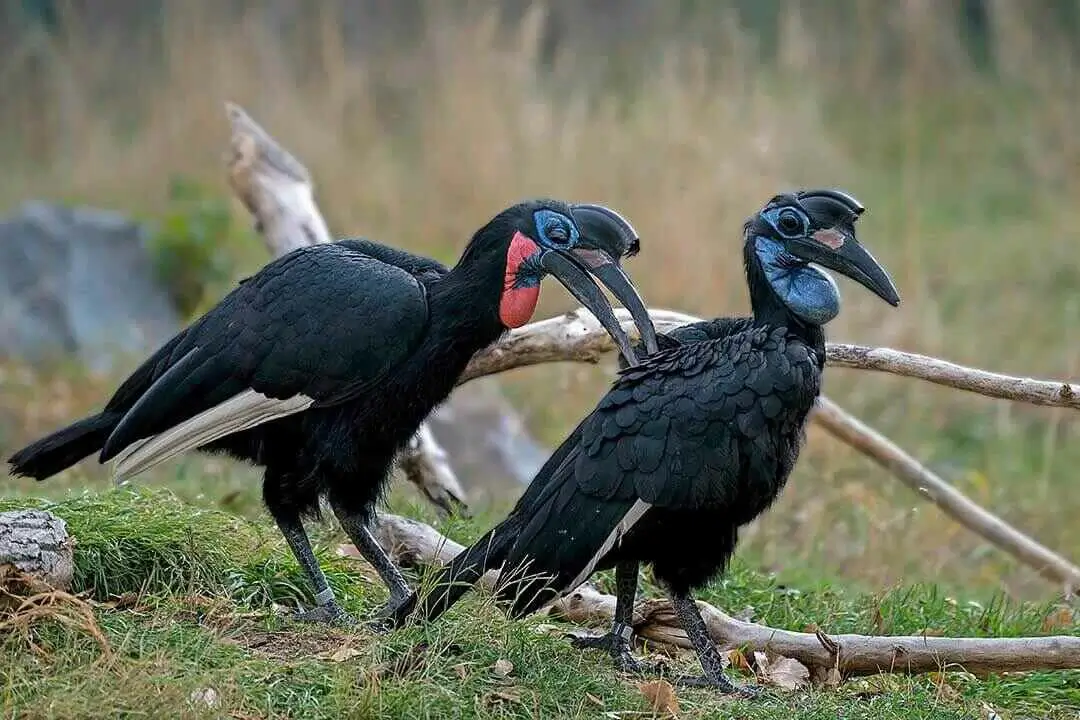
Over 500 bird species are known from the site. Falco naumanni is a passage migrant and Circus macrourus occurs on passage and in winter. Acacia woodland holds the largest known population of Agapornisfischeri, Parusfringillinus is resident and there have been recent records of Apaliskaramojae from Acacia drepanolobium woodland in the south-west of the site.
Read More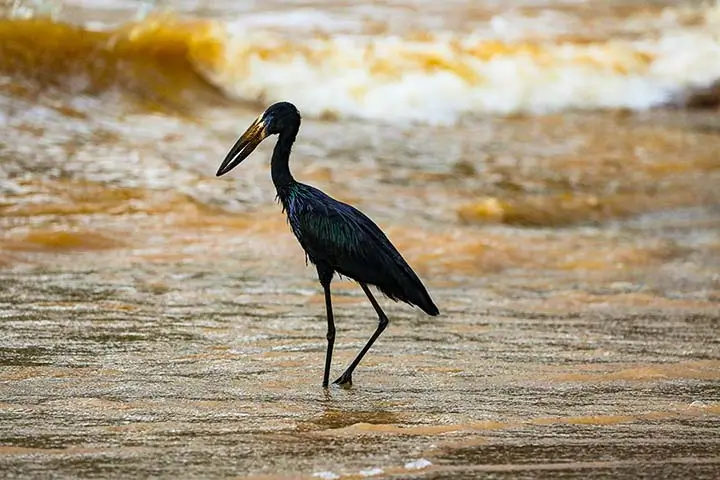
It has 611 recorded bird species in the Kazinga channel sanctuary which covers an area approximately 207kilometers.
Read More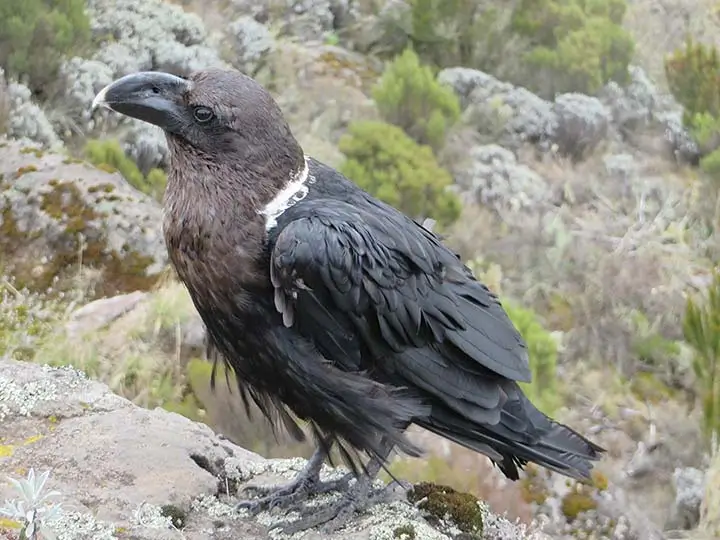
The park is one of the world's Endemic Bird Areas (EBA). There are up to 241 species of birds which is about 27% of Uganda's total. Close to 177 bird species live in the Afromontane forest and 19 species are endemic to the Albertine rift.
Read More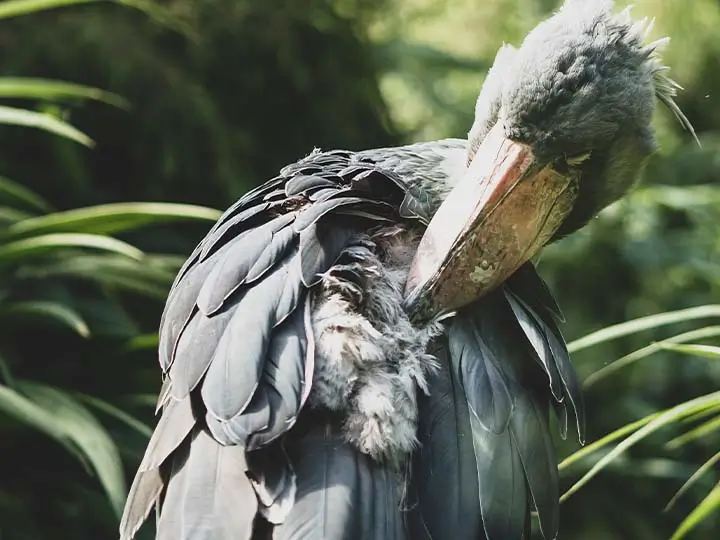
Birders who make it to Semuliki are always rewarded with some of Africa's best forest birding. Sempaya and Ntandi provide excellent viewing of the birds.
Read More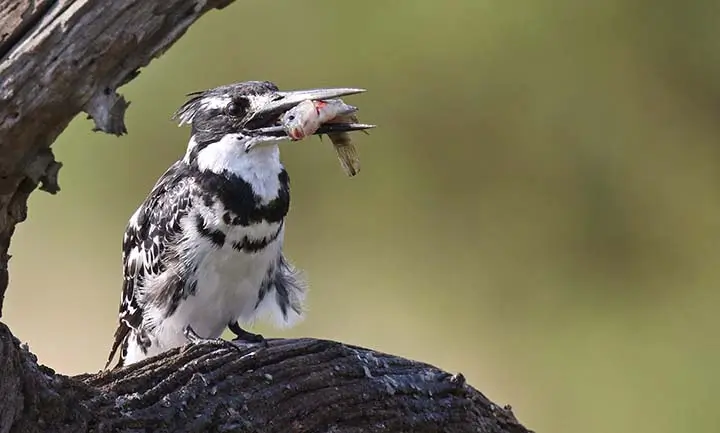
As compared to many other birding destinations within the country, This area of the lake has got over 200 bird species and some of these include;
Read More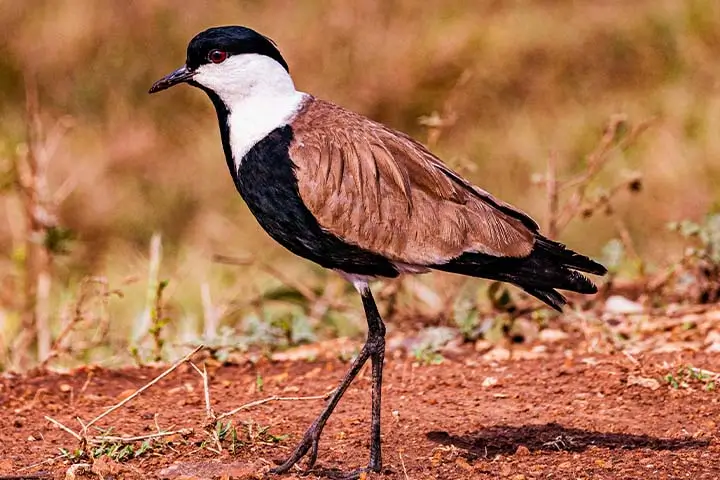
As compared to many other birding destinations within the Birding here is done near new Lutembe beach located on Entebbe road at Namulanda. The bay area has trees, marshlands, and shrubs. Early in the morning is the best time to get to Lutembe as there is a lot of bird activity.
Read More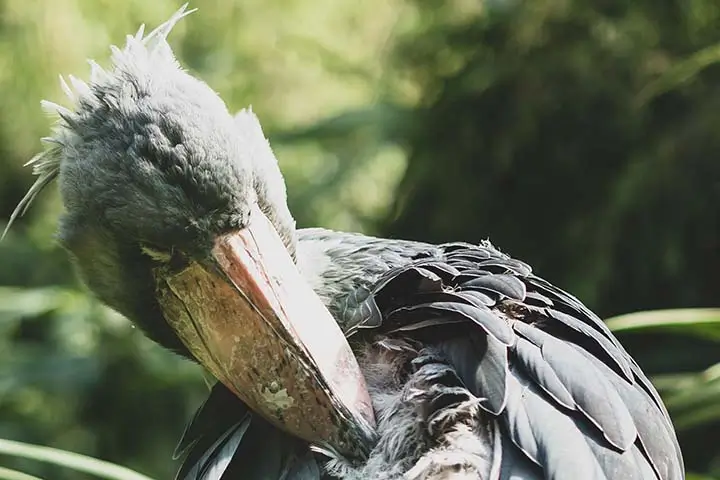
Located on the edge of Lake Victoria, Mabamba Bay Wetland is one of few places where the rare Shoebill Stork can be found. Mabamba Swamp is the most accessible and reliable with the best chances of seeing the Shoebill in Uganda.
Read More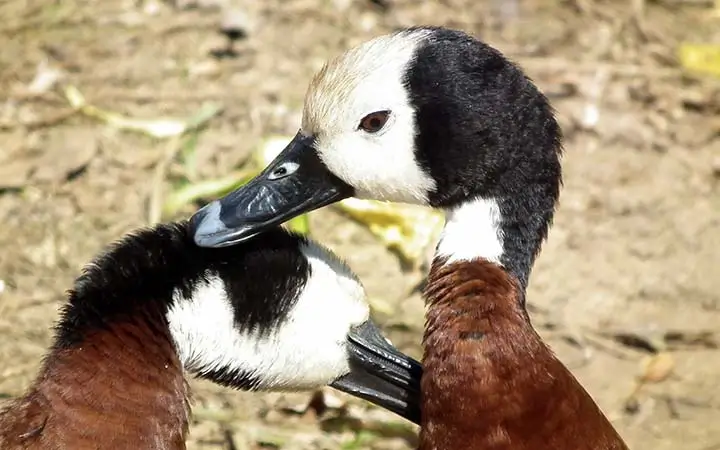
The Uganda Wild Life Authority has registered a reduction in bird species in Pian Upe, and Matheniko, Bokora game reserves due to the persistent drought that has dried up all water sources in the reserve.
Read More